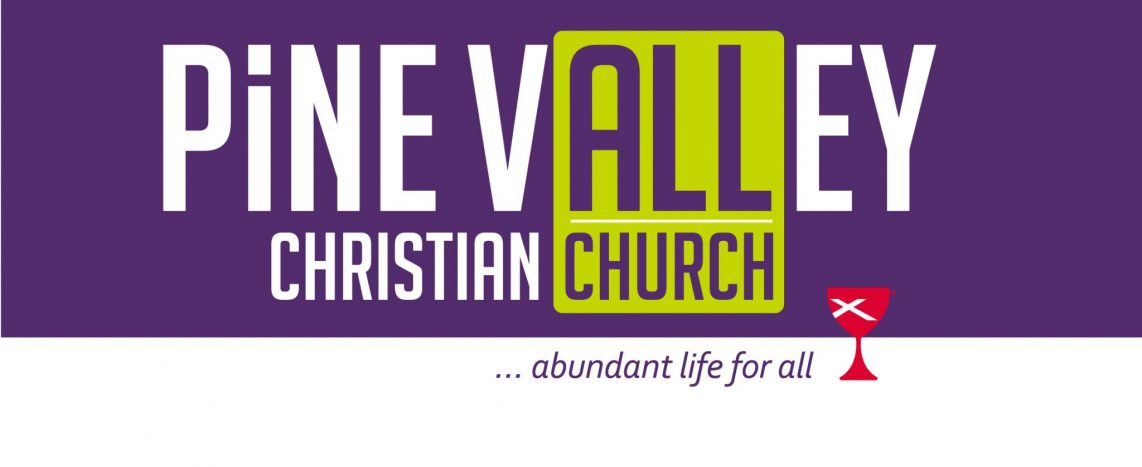May 15, 2022 Season of Eastertide
“Grace means you’re in a different universe from where you had been stuck, when you had absolutely no way to get there on your own.” – Anne Lamott
* * * * * * * *
Facilitated Congregational Meetings to Envision PVCC Future.
Professional facilitator Laura Dungan will lead us through a short series of Saturday meetings this month and into June. The goal is to determine the direction of this church. Congregation participation will be key to a successful outcome.
If you are a participating PVCC member, you should have received a phone call that confirmed your intent to attend. If you didn’t get a call, please contact the PVCC office to confirm your attendance.
The facilitated meetings and direction-discerning process will begin Saturday, May 21, 10:00-12:00 at the church. Bring your own snacks, drinks.
May 22-June 10 will be a three-week creative time for small groups/individuals to fashion scenarios/proposals for our future. Groups/individuals will submit proposals to the church office, deadline June 4. Monday, June 6, the office will email participating members all submitted proposals to consider prior to the June 11 meeting.
Saturday, June 11, 9:30-12:00 at the church. Each proposal will be considered, and an agreed direction will emerge.
* * * * * * * *
Agape Feast Next Sunday
This coming Sunday we will celebrate in joyous Pine Valley fashion, the liturgical season of Pentecost.Traditionally celebrated on the 50th day (the seventh Sunday) from Easter Sunday, it commemorates the descent of the Holy Spirit upon the Apostles and other followers of Jesus Christ while they were in Jerusalem celebrating the Jewish Feast of Weeks, as described in the Acts of the Apostles (Acts 2:1–31).
We will gather at our regular 10:15 worship hour for an Agape Feast — a Love Feast — to celebrate Pentecost. We will share breads, cheeses, and fruits. The party isn’t formal, but you are encouraged to wear your theology printed on your shirt. Biblical scholars believe some features of the Pentecost narrative in Acts are theological constructions. Even if the Pentecost narrative is not literally true, it does signify an important event in the history of the early church which enabled the rapid spread of Christianity. Within a few decades important congregations had been established in all major cities of the Roman Empire.
The term Pentecost comes from the Greek (Pentēkostē) meaning “fiftieth”. It refers to the Jewish festival of Shavuot celebrated on the fiftieth day after Passover. It is also known as the “Feast of Weeks” and the “Feast of 50 days” in rabbinic tradition. The timing of the narrative during the law giving festival of Pentecost symbolizes both continuity with the giving of the law, but also the central role of the Holy Spirit for the early church. The central role of Christ in Christian faith signified a fundamental theological separation from the traditional Jewish faith, which was grounded in the Torah and Mosaic Law. Christians kept the name of “Pentecost” but began to calculate the date of the feast based on Easter rather than Passover.
In the Middle Ages, cathedrals and great churches throughout Western Europe were fitted with a peculiar architectural feature known as a Holy Ghost hole: a small circular opening in the roof that symbolized the entrance of the Holy Spirit into the midst of the congregation. At Pentecost, these Holy Ghost holes would be decorated with flowers, and sometimes a dove figure was lowered through the hole, into the church, while the narrative of Pentecost was read. Holy Ghost holes can still be seen today in European churches such as Canterbury Cathedral in Kent England.
In Ukraine the springtime feast day of Zeleni Sviata became associated with the Pentecost. (The exact origin of the relationship is not known). The customs for the festival were performed in the following order: first, home and hearth would be cleaned; second, foods were prepared for the festival; finally, homes and churches were decorated with wildflowers and various types of green herbs and plants. A seven course meal may have been served as the Pentecost feast which may have included traditional dishes such as cereal with honey (kolyvo), rice or millet grains with milk, sauerkraut soup (kapusniak), chicken broth with handmade noodles (iushka z zaterkoiu), cheese turnovers (pyrizhky syrom), roast pork, buckwheat cakes served with eggs and cheese (blyntsi), and baked kasha.
May we have a joyous feast at Pine Valley next Sunday, and may Ukraine be close in our hearts during this time.
Much of this information about Pentecost came from Wikipedia: https://en.wikipedia.org/wiki/Pentecost
* * * * * * * *
From the PVCC newsletter archives, this week in 1972: Thoughts Towards Mother’s Day. …with Women’s Liberation marking the opening of many new roles for women, Mother’s Day can’t be quite the same. Mothers have traded frying pans for jogging suits, and knitting baskets for voter registration kits. They are … chairpersons… and are putting in compost piles and protesting against warped national priorities… The church has witnessed in its scriptures and its history to the powerful role of women in shaping the faith community, pioneering in new decisions and new awarenesses, creating powerful families and calling forth greatness from their people.
— Melanie Naden, PVCC Moderator
